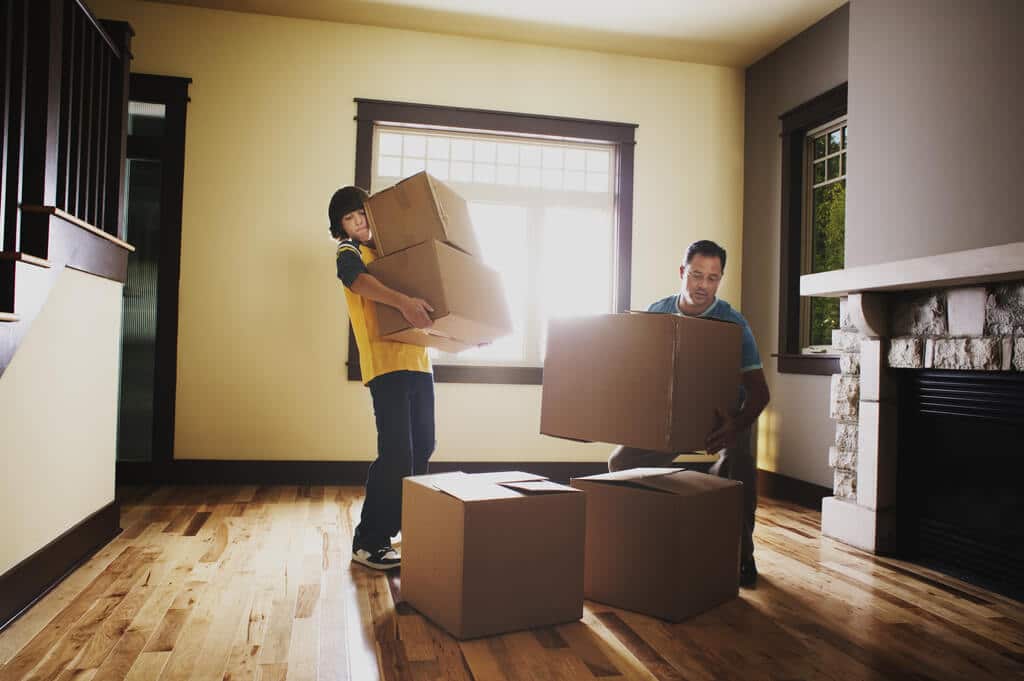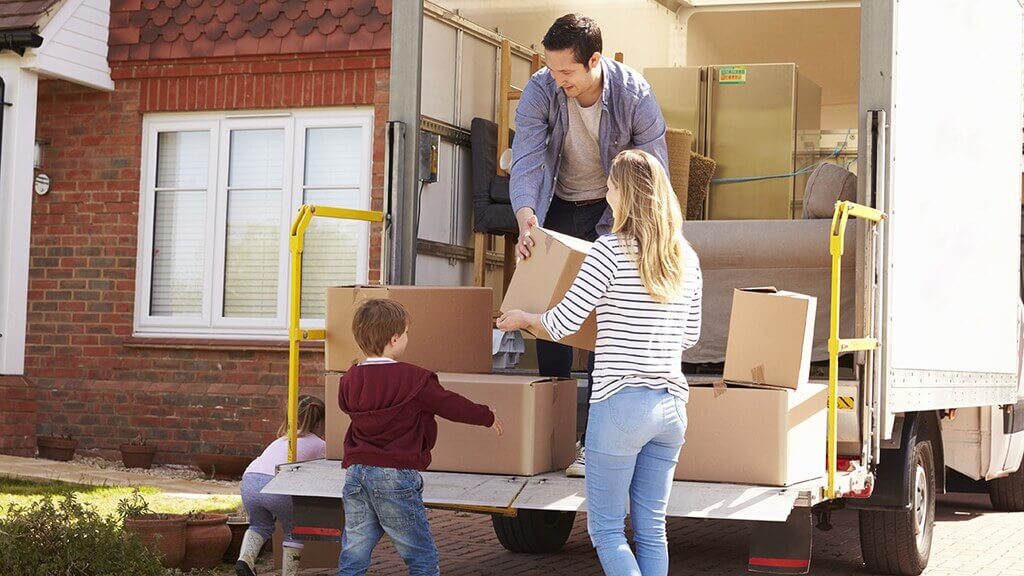From gathering packing supplies to loading up your belongings, there is never a dull moment when it comes to moving—especially if you’re planning on doing it without professional movers. However, while it is true that a DIY move requires more planning and elbow grease, that doesn’t mean it has to be filled with unexpected mishaps and stress.
If you want the perfect DIY move, don’t skip these 7 tips.
Get the Right Boxes
While all cardboard boxes may look the same, the truth is they differ and it is essential to know which moving boxes you need for your move. A book box can hold up to 50 pounds and is suitable for the majority of items. Though, for dishes, you are better off going with a double corrugated china box. There are also boxes for wardrobes, televisions, mirrors, art, and linens. What about used boxes? While used boxes are fine for lighter items, skip them for anything heavy and fragile—even after one use, they lose some of their strength.
Alternatively, if you don’t want to deal with a sea of cardboard, you can always rent environmentally-friendly, reusable totes. Unlike their cardboard counterparts, they won’t get soggy in the rain or snow and can be used hundreds of times before needing to be recycled. Better yet, many companies manufacture these boxes from recycled plastic in the first place. These sustainable and durable totes are available from Frogbox, U-Haul, and other moving companies.

Declutter Your Old Home
From junk drawers packed with odds and ends to kitchen accessories that never get used, every home can benefit from a decluttering session before a move. Not only will this cut down on the amount of stuff you have to transport, but it can help your new home look cleaner and more organized from the get-go.
If you don’t know where to start, look at tossing old and expired items from the pantry, medicine cabinet, and bathroom. From there, go through the rest of your home room by room and take stock of everything. If you don’t need it and haven’t used it in the past 2 years, you are probably safe to donate, toss, or sell.
Make a Packing Plan
You’ve got your boxes and you’ve pared down your possessions, but don’t start packing just yet! First plan which orders you are going to box up your home. An ideal system to follow is FILO (First In, Last Out). Therefore, start packing areas in your home rarely used and finish with rooms used daily. For example, you may want to start packing the storage room with all your holiday decorations first and pack the kitchen last. Then, once you are in your new home, start unpacking in reverse order.
The priority of rooms will change from home to home, but generally, the top 3 places to unpack first are kitchen, bathroom, and nursery. It is also highly recommended to pack an essentials box. This box has everything you need for the first few days in the new home, such as changes of clothes, medications, chargers, snacks, toiletries, etc. By bundling these items together, you can avoid the stress of digging in multiple boxes to find what you need.
Label Boxes Diligently
Speaking of searching in boxes, you can avoid a lot of frustration when it comes to locating items in your new home with detailed labels. Most people label boxes with the name of a room but try going one step further by taking inventory. There are two easy ways to do this.
Use a Number System: Assign each box a number and scrawl it directly on the box. Then on a master inventory list write down what each numbered box contains. Just be sure to make multiple copies of the list.
Write Key Items on Boxes: Write key items the box contains directly on the cardboard or a piece of paper taped to the box. Even if you don’t write down everything, adding at least 5 items should jog your memory as to what the rest of the contents are.

Rent a Moving Container
Most people consider moving trucks for DIY moves, but they often skip over moving containers. Moving containers an especially suitable method for those wanting a DIY move but who don’t want to drive a moving truck. Here’s how it works: The container gets dropped off by a company such as U-Haul, U-Pack, or PODS, and you load it with your belongings. Once you’re done, it is picked back up and towed to your new location. From there, you empty it and it gets hauled off once again.
Thinking of making multiple car trips instead? You may want to reconsider if the reason is to save money. Multiple car trips will not only take more time, but they will also consume much more gas. Often renting a moving container or truck is more economical and easier on the environment.
Involve Your Kids
Trying to wrangle up childcare for a move can be stressful, so instead, why not involve the kids? By giving them tasks to do on moving day, you can help ease their stress and create a fun and memorable day for the whole family.
If you want the kids out of the house, consider having them deliver cookies or handmade goodbye cards to well-known neighbors while the truck gets loaded. Alternatively, you can also make them an “official moving day photographer”. Just hand them an old phone or disposable camera and let them capture the experience. You may also want them to take photos of cables behind the TV if you think you’ll forget where everything gets plugged in.
Call in Reinforcements
You may be forgoing professional movers, but that doesn’t mean you have to power through the entire move yourself. Ask friends and family if they are willing to lend a hand for either packing or unpacking. A few helpers will go a long way in making your move faster and less taxing.
Have large items like a grand piano or hot tub? You may want to hire movers just for those items. Professionals have the equipment and experience to lug heavy and bulky items to their destination safely and efficiently.
Conclusion
With a little bit of planning, some know-how, and patience, your DIY move can be a huge success. But if you hit a few bumps along the way, don’t fret. Remember, moving is temporary and it will be over before you know it. Plus, moving mishaps make for some pretty funny stories down the road. Happy trails!
Explore More

